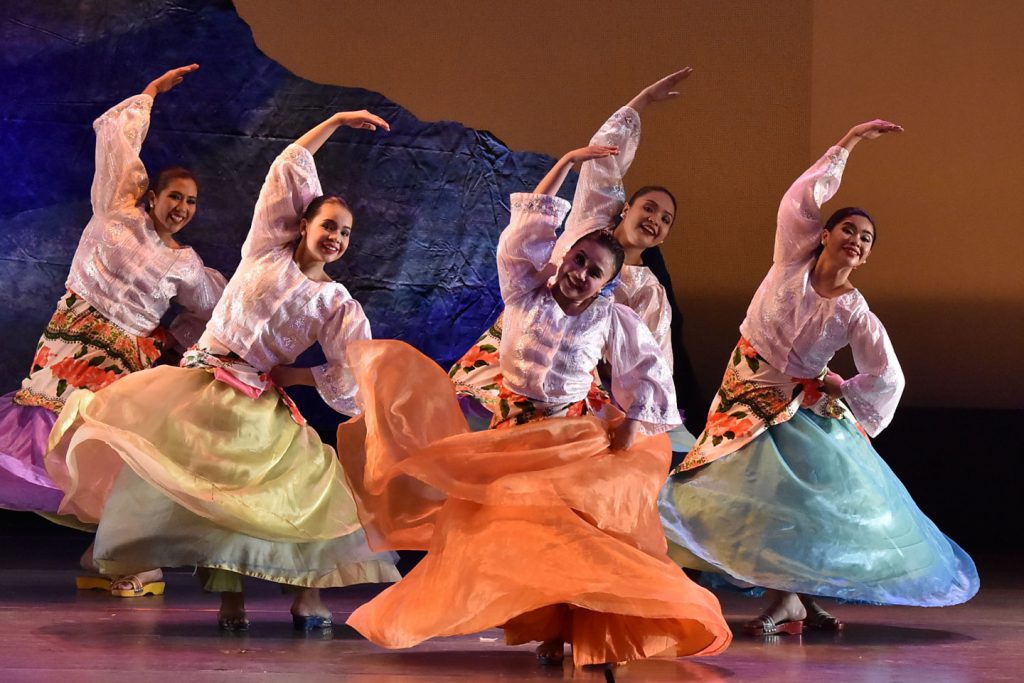Imagine a time hundreds of years ago when the archipelago of the Philippines was a combinations of several indigenous communities, each of which nurtured its particular dances. These dances were an expression of nature, ritual, everyday life, they were more than just rhythmic motions. These native dances expressed the bright diversity developing across our islands, from the cheerful harvesting celebrations to the serious ceremonies recognizing ancestors.
The ideas, ethics, and history of our societies were preserved through these ancient dances, which were more than just performances. And without music, what is dancing? These requiring performances have been improved by the support of traditional instruments including gongs, flutes, and drums. These traditional dances served as the basis for the expanded folk dance of the Philippines.
Spanish Colonization:
As Spanish invaders first arrived in the Philippines in the 16th century, the country experienced a dance revolution. Not only did the Spaniards bring religion, but they also showed us how to dance in Europe. It was similar to a dance combination that gave rise to well known dances like "Tinikling," in which beautifully attractive dancers stepping over and in between bamboo poles. Then there came "Cariñosa," a dance where every move and steps whispered themes of courting and love.
These dances, however, served as more than just creative representations, they also came to represent rebellion against culture. Filipinos managed to maintain their identity while living under foreign authority by combining indigenous and Spanish components into their dances, demonstrating to the world the flexibility of Filipino culture.
American Colonization:
Early in the 20th century, the period of American colonization gave Philippine traditional dance an unusual twist. Dance was not excluded from the Western education and culture that the Americans brought with them. There were two dances that stood out: "Sayaw sa Bangko," where dancers gently moved around benches, and "Rigodon de Honor," which had formal, planned movements. These dances were a special combination of Western style with native charm.
Returning to the present, globalization is well advanced. The folk dance of the Philippines has evolved with the times, showing that it is capable of changing while maintaining its traditional origins.
Japanese Colonization:
When Japan occupied the Philippines during World War II, it influenced our culture, especially dance, leaving an undiscovered treasure in the history of our folk dance. Japanese movements and costume started to appear in some of our dances. It shows how adaptable our society is, even in difficult situations.
Present Time:
Folk dancing is still practiced today. It is still very much present in the Philippines today. These dances are a lively representation of who we are, not simply a piece of history. Our cultural festivals, events, and schools are inspired by them. The leaders of our younger generations are responsible for making sure that these traditions remain vibrant and important in our modern environment.
Philippine folk dance serves as a link between the past and present, reminding us of the strength and endurance of our culture and preserving it for future generations.







0 Comments